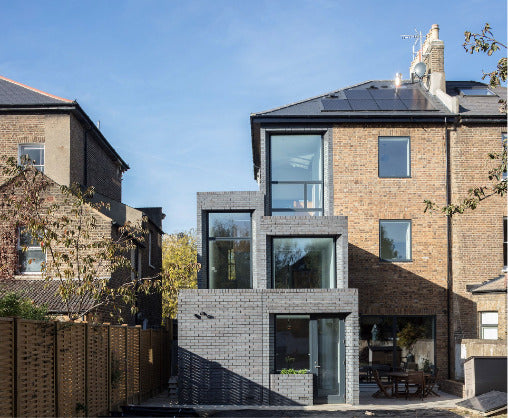If you are lucky enough to have a large garden, you may have thought about building a new house in your garden.
There are many reasons why people build in their gardens. Sometimes it’s purely for financial gain and you build a house and sell it off once complete. Many people build a house in their garden as a way of downsizing to a smaller new build whilst releasing funds from the sale of their original house. Others create a new build for relatives to live in or perhaps to provide a more suitable, accessible property for themselves in their older years. Whatever your reasons for building a house in your garden, there are a number of key considerations you should take a look at.
1. Is your garden officially a garden?
The first consideration, key to whether your house building plans would be feasible or not, is making sure that the area you wish to build on is officially ‘garden’ and therefore has the correct planning use class to allow a residential build to take place.
If all or part of the area you wish to build on is under a different planning use class, say an equestrian paddock or agricultural land, then a change of use for the land would have to be applied for and granted as part of the development. It’s critical to make sure you have the correct use class in place for the land before any works start as you could be required to take down any building falling outside of the garden boundary.
2. Space
Another key consideration is the space you have available for your proposed house. When designing a house in your garden, you need to make sure it is appropriately in size and scale for the space available and that it is positioned so not to dominate the existing house, or any nearby neighbours. Make sure the design takes into account the privacy of the occupiers and as well as the neighbours and leaves enough garden space for each house to enjoy. The sketch below is an example of a house in a garden design that would likely be rejected by a planning authority because the resulting new build would be cramped and very close to neighbours.

Once you have established that you can build in your garden and there is enough space to create a suitable design and leave adequate garden space for each property, you will need to understand all the relevant planning policies, at both a national and a local level, and consider how they may apply to your plans. These will include, amongst other things, proposed materials such as brick, stone, timber and slate and any local design stipulations, vehicle access and car parking restrictions, and also flooding and drainage.
3. Community Infrastructure Levy (CIL)
Another consideration is the Community Infrastructure Levy (CIL). CIL is a charge which can be levied by Local Planning Authorities (LPAs) on new developments in their areas. It is an important way in which LPAs secure funds to help them deliver the infrastructure needed to support new development in their area. The types of development funded in this way include new schools, community, and healthcare facilities, play parks, and cultural and sports facilities.
Some types of developments are eligible for relief or exemption from the levy including building a house in your garden. It’s important to make sure you apply for the exemption at the correct point in the planning process or else you may be liable for a fine.

Conclusion
Once you have established that your garden is suitable for a house build, you have a design that meets the planning policy requirements and you have gained the necessary planning permission, now comes the exciting time of commissioning a builder and bringing your design to life to maximise your garden’s potential.
For help in getting started on your planning journey and realising your dream of building a house in your garden, take a look at the Planning Genie Building a House in Your Garden Masterclass. It will help you to understand the essential planning consideration, it describes additional considerations that may apply to your project and it also includes a free checklist covering all the key points you’ll need to cover.


